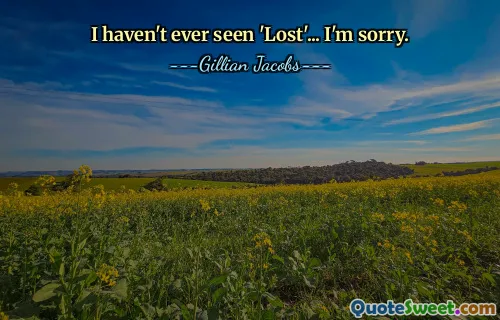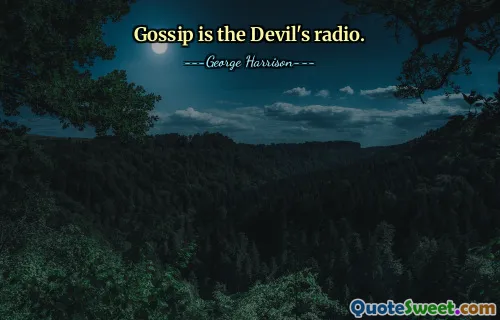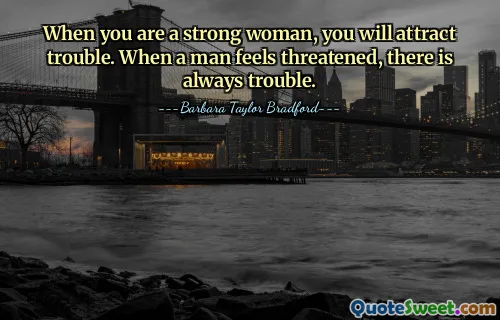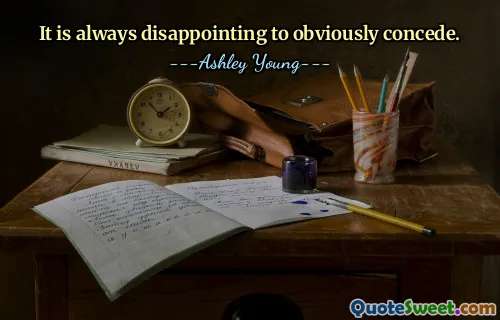
A crowd, proportionately to its size, magnifies all that in its units pertains to the emotions, and diminishes all that in them pertains to thought.
This quote offers a profound insight into the nature of collective behavior and the psychological dynamics that unfold within crowds. When individuals become part of a larger group, their emotional responses tend to intensify, driven by a sense of shared identity and the contagious spread of feelings. This phenomenon can be observed in moments of celebration, protest, or panic, where the crowd's collective emotions often exceed the sum of individual passions, creating an environment of heightened enthusiasm or collective fury.
Conversely, the rational and contemplative aspects of individuals—what pertains to thought—are often subdued in a crowd setting. The collective focus shifts away from thoughtful deliberation to more instinctive or emotionally driven reactions. This diminishment of individual reasoning can lead to actions that might not occur in isolation, such as impulsive acts of violence or mob mentality. The crowd acts as a magnifying glass, amplifying the emotional currents while diluting the thoughtful considerations that typically guide individual behavior.
This dynamic has significant implications for understanding social phenomena and the roles of leadership, media, and societal norms in influencing group behavior. It underscores the importance of fostering environments where emotion does not override rational judgment, especially in situations prone to crowd influence. Moreover, it reminds us that amidst the spectacle of collective action, the stabilizing presence of thoughtful analysis remains crucial for balanced decision-making.
In essence, this quote highlights the dual-edged nature of crowds: they can inspire unity and passion but also pose risks of irrationality and chaos. Recognizing this tension is vital if we want to harness the positive aspects of collective human spirit while mitigating its potential for destructive excess.






